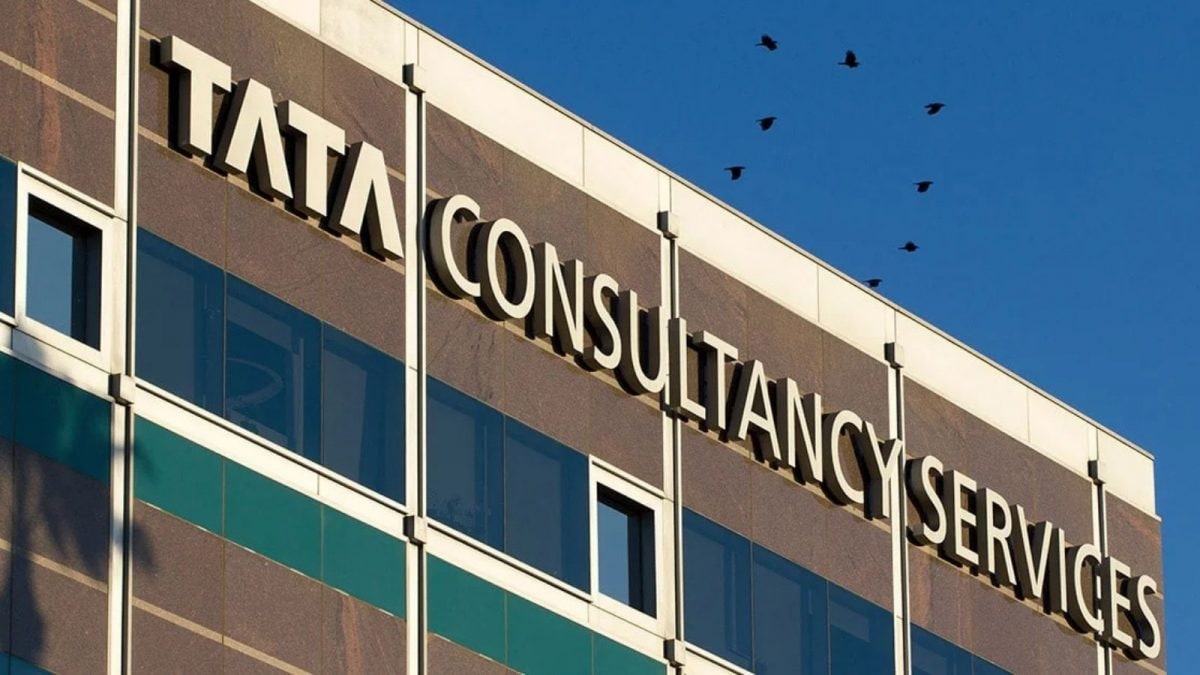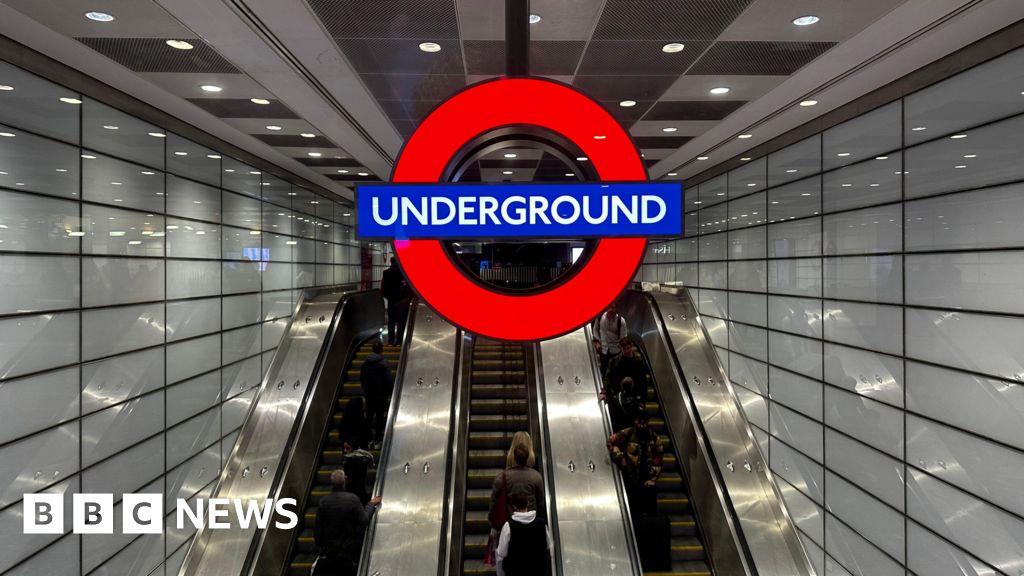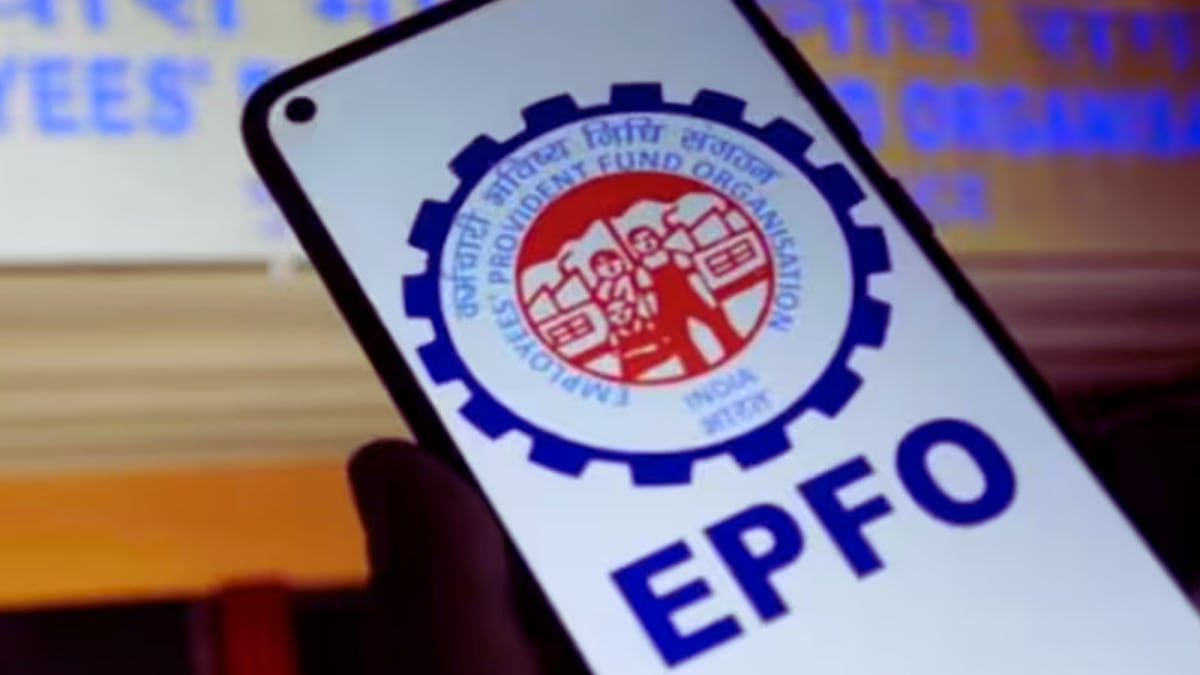Business
TCS Salary Hike: Here’s What Employees Got This Year And When It Will Reflect

Last Updated:
Tata Consultancy Services announces upto 7% salary hikes for employees, favouring junior and mid-level staff, aiming to boost morale amid high attrition

TCS is aiming to boost morale among employees amid high attrition rates.
Tata Consultancy Services (TCS), the country’s largest IT services firm, has announced salary hikes for a significant portion of its employees, offering increments in the range of 4.5% to 7%. The revised pay packages were formally communicated through letters sent to employees late on Monday night, with the new salaries set to take effect from September, Moneycontrol reported.
The decision comes after months of uncertainty. Earlier this year, the company had indicated that salary hikes might be postponed due to unfavourable market conditions. The uncertainty deepened further when TCS laid off around 2% of its workforce, nearly 12,000 employees. Against this backdrop, the latest announcement has brought relief to nearly 80% of employees who will benefit from the increment.
According to media reports, the hikes have largely favored junior and mid-level staff, while top performers have received more generous raises, in some cases exceeding 10%. Industry observers see this as a strategic move by the company to retain talent and boost employee morale at a time when attrition remains a concern.
In its June-quarter earnings, TCS reported an attrition rate of 13.8%, highlighting the challenge of retaining skilled professionals in a competitive market. Analysts say that the salary hikes, particularly for high performers, could help reduce churn and reinforce loyalty among employees at a crucial juncture for the company.
The development is also being closely watched by the broader IT sector, which has been grappling with global demand slowdown, cost pressures, and workforce realignments. By opting for a hike instead of a freeze, TCS has signalled its intent to stabilise its workforce and send a message of confidence despite ongoing headwinds.
Read More
Business
London Underground fares to go up by 5.8% in 2026

The cost of travelling on the London Underground, the Overground and the Elizabeth line is set to rise by 5.8% next year, the mayor of London has confirmed.
The increase is 1% above the rate of inflation and will come into force in March.
The freeze in national rail fares announced last month will not apply to Transport for London services.
Sir Sadiq Khan says he proposes to freeze the price of Travelcards until March 2027 which means the weekly and daily caps will not change, and fares on London buses and trams will not rise.
The mayor said a rise – equivalent to one percentage point above the RPI rate of inflation – was a condition of the £2.2bn capital funding deal that TfL agreed with central government in the spending review in June.
He said the freeze on bus and tram fares until July 2026 was “an emergency cost-of-living measure” funded by City Hall.
Sir Sadiq added: “This is the seventh time I’ve been able to freeze bus and tram fares, and it will particularly benefit those on the lowest incomes in our city.
“The plans would mean that only fares on Tube and TfL rail services would now increase from March 2026.
“I also plan to ensure that increases to pay-as-you-go fares on the Tube will be capped at 20p, with many only rising by just 10p.”
City Hall Conservatives criticised the announcement.
In a statement, they said: “Whilst the rest of the country enjoys a fare freeze, Sadiq Khan has burdened Londoners with cost increases that are disproportionately going to affect the young professionals that are the backbone of our city’s economy, as well the other millions of passengers who use these services.”
The Liberal Democrats said the mayor had “failed to make this case to his ‘mates’ in government like he promised he would, he’s now expecting working Londoners to stump up the costs instead”.
The fare rises will apply to all TfL-run rail services, including the Docklands Light Railway.
The mayor said the increase would mean an off-peak pay-as-you-go Tube fare from Tottenham Court Road in Zone 1 to Edgware in Zone 5 would rise from £3.60 to £3.80.
Pay-as-you-go fares on Tube and TfL rail services within Zone 1 only will rise from £2.90 to £3.10 in the peak, and from £2.80 to £3.00 during off-peak and weekends.
A peak-time journey from Upminster in Zone 6 to Cannon Street in Zone 1 will increase from £5.80 to £5.90.
The government capital funding deal is expected to help to replace aging fleets, upgrade signalling technology and improve buses.
The fare rises will be subject to a final decision by the mayor.
Business
EPFO Offers Low-Penalty Route For Employers To Enrol Left-Out Employees, Check How To Do It

Last Updated:
EPFO launches a six-month window for employers to declare left-out employees under Employees Enrolment Scheme 2025.

Under existing rules, all employees earning up to Rs 15,000 in basic pay must be enrolled in EPFO schemes.
The Employee Provident Fund Organisation (EPFO) has announced a six-month window for employers to declare left-out employees between July 01, 2017 and October 31, 2025. It will help them to regularise past compliance. It has the option to avail benefits under the Employees’ Enrolment Scheme 2025. The special six-month window is open between November 01, 2025 and April 30, 2026.
The regulator is offering several benefits to employers for declaring left-out employees under the scheme. One of the key benefits is a nominal penalty of Rs 100 per establishment for declaring left-out employees. Moreover, there will be no suo moto action during the scheme period against employers.
There is a provision to waive the employee share if not deducted.
All establishments, whether already covered or not covered under the
EPF & MP Act, 1952, are eligible to participate in the Employees’
Enrolment Campaign, 2025.
The objective of the EEC–2025 is to:
a. Facilitate voluntary compliance by employers in enrolling all eligible
employees left out of EPF coverage;
b. Enable employers to regularize past defaults with minimal penal
consequences; and
c. Broaden the social security coverage under the EPF & MP Act, 1952.
How Can They Declare?
Declarations can be filed online only through the EPFO Portal.
Employers will generate a Face Authentication–based UAN for
each declared employee using the UMANG App.
Contributions will be remitted using Electronic Challan-cum-Return
(ECR) linked to a Temporary Return Reference Number (TRRN)
generated during the declaration process.
December 11, 2025, 18:31 IST
Read More
Business
FirstGroup snaps up sightseeing bus operator for £17 million

Transport giant FirstGroup has expanded into sightseeing buses after snapping up an operator in London and Bath.
The FTSE 250 company told shareholders it has acquired the UK sightseeing operations of French firm RATP Developpement SA for about £17 million.
It said the deal will help to grow and diversify its operations across key markets.
The acquired business runs under the Tootbus brand and runs 63 buses, 42 in London and 21 in Bath.
The Tootbus business also includes a large freehold depot in Wandsworth, southwest London, and a leased depot in Keynsham, Bath.
It said the London depot will help the group manage its operations in the capital and allow it to bid for additional Transport for London red bus route contracts.
The business, which also runs the Airdecker service from Bath to Bristol airport, employs about 190 people across its operations.
Tootbus’s UK operations reported revenues of £15.9 million in 2023 and delivered a roughly £600,000 operating loss for the year, the company said.
Graham Sutherland, FirstGroup chief executive, said: “The acquisition of the bus operations in London and Bath, in line with our UK-focused growth and diversification strategy, will allow us to further diversify and expand our footprint in two of our key markets.
“The integration of the businesses will also create material operational and cost synergies and the opportunity to grow our London route portfolio over time.”
Shares in FirstGroup were 1.5% higher on Thursday.
-

 Politics5 days ago
Politics5 days ago17 found dead in migrant vessel off Crete: coastguard
-

 Sports6 days ago
Sports6 days agoAustralia take control of second Ashes Test | The Express Tribune
-

 Business1 week ago
Business1 week agoAsian stocks today: Markets trade mixed ahead of US economic data; HSI nears 1% loss; Nikkei adds over 800 points – The Times of India
-
Uncategorized1 week ago
[CinePlex360] Your site has updated to WordPres
-

 Tech1 week ago
Tech1 week agoNew control system teaches soft robots the art of staying safe
-

 Fashion1 week ago
Fashion1 week agoBangladesh’s economic outlook cautiously optimistic: Govt
-

 Fashion4 days ago
Fashion4 days agoGermany’s LuxExperience appoints Francis Belin as new CEO of Mytheresa
-

 Entertainment1 week ago
Entertainment1 week agoSabrina Carpenter recalls ‘unbelievable’ experience with pal Taylor Swift






